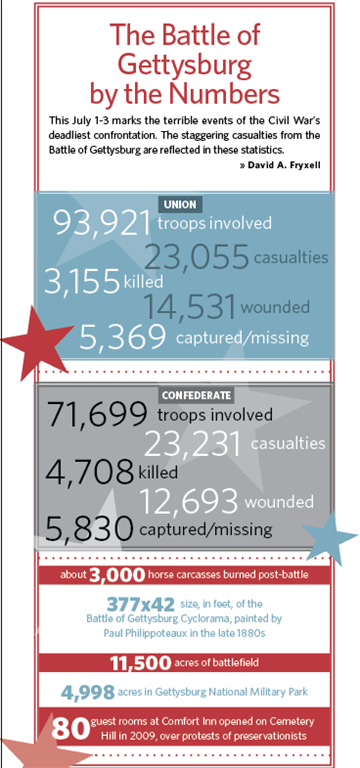Sign up for the Family Tree Newsletter Plus, you’ll receive our 10 Essential Genealogy Research Forms PDF as a special thank you!
Get Your Free Genealogy Forms
"*" indicates required fields
5 Questions With David A. Lambert
1. How did you come to NEGHS?
I started doing genealogy when I was 7. They wouldn’t let me in [to NEHGS] without a parent, so I had to wait to join until I was 17. Since then I’ve either been a member or on staff.
2. What does a Chief Genealogist do?
I meet genealogists when they first come to NEHGS. I make sure they don’t blindly get on the elevator and wander around lost. Sometimes I coordinate half-hour to half-day consultations for them [$60 to $80 per hour]. I meet thousands of people and give lectures around the world.
3. Are you still the Ask-a-Genealogist?
Yes. I triage general genealogy questions that come in by mail, telephone, in person and online. If I don’t know the answer, I consult with colleagues. Some answers I post for everyone to see. [Editor’s note: To ask a question and see past answers, visit American Ancestors.]
4. After all these years, is it still exciting to come to work?
It is! You never know what’ll be in the next folder. Whenever we get a new manuscript collection, I’m like a kid at Christmas. And it’s not just here. I went to a yard sale once. In a pile of Farmer’s Almanacs, I found the First Baptist Church records from Raynham, Mass. I contacted the church and they said, “You better hold onto them; we already lost them once.”
5. What do you do when the Chief hat comes off?
I am the tribal historian for the Massachusett-Ponkapoag, the Indians who were living in my community before white settlers. I have the honor of helping recreate their family lines so they can reconstitute tribal roles. They gave me a name in Algonquin that translates as “Past Finder.” It means a lot to give something back.
Digital Public Library of America
The DPLA aggregates metadata—information describing an item—from other libraries’ websites so you can search for digitized books, photos, audio, video and more in one place. DPLA Search results link you to the digital item on the partner’s website. Partners include the Internet Archive, Digital Library of Georgia and the David Rumsey Historical Map Collection.
Why start a library if the items are already online? To give you a single point of access. “Many universities, public libraries and other public-spirited organizations have digitized materials, but these digital collections often exist in silos,” states the DPLA’s website. “The DPLA brings these different viewpoints, experiences and collections together.”
You can browse by topic, format (such as photo or book), timeline and map (for items whose metadata includes location information). If you register with the DPLA, you can save items to lists and share your lists with others.
Historical exhibits at the DPLA include Indomitable Spirits: Prohibition in the United States and Bread and Roses Strike of 1912.

Book reviews
Searching archives, libraries, historical societies and private estates, Pulitzer Prize-winning writer Teresa Carpenter compiled a collection of journal entries into New York Diaries: 1609-2009 (Modern Library). Excerpts come from both the famous, such as Elizabeth Cady Stanton and Edgar Allan Poe, and the ordinary, such as Addison Allen, an adolescent boy in Harlem in the late 1800s.
New Hampshire shopkeeper Timothy M. Joy was arrested days after he abandoned his family to avoid creditors in 1812. While incarcerated in Massachusetts, he kept a journal, revealing his path toward redemption. In A New England Prison Diary: Slander, Religion, and Markets in Early America (University of Michigan Press), Martin J. Hershock augments Joy’s journal with historical context.
Marianne Perry’s paternal grandparents emigrated from Calabria, Italy, and settled in Sault Ste. Marie, Ontario, Canada. In The Inheritance (iUniverse), Perry tells the story of her family history as a fictional account based on her genealogical research. The novel reveals the drama of a family torn apart by conflicting loyalties in 1900s Italy. Perry includes a list of research resources and questions for reading groups.
ADVERTISEMENT

